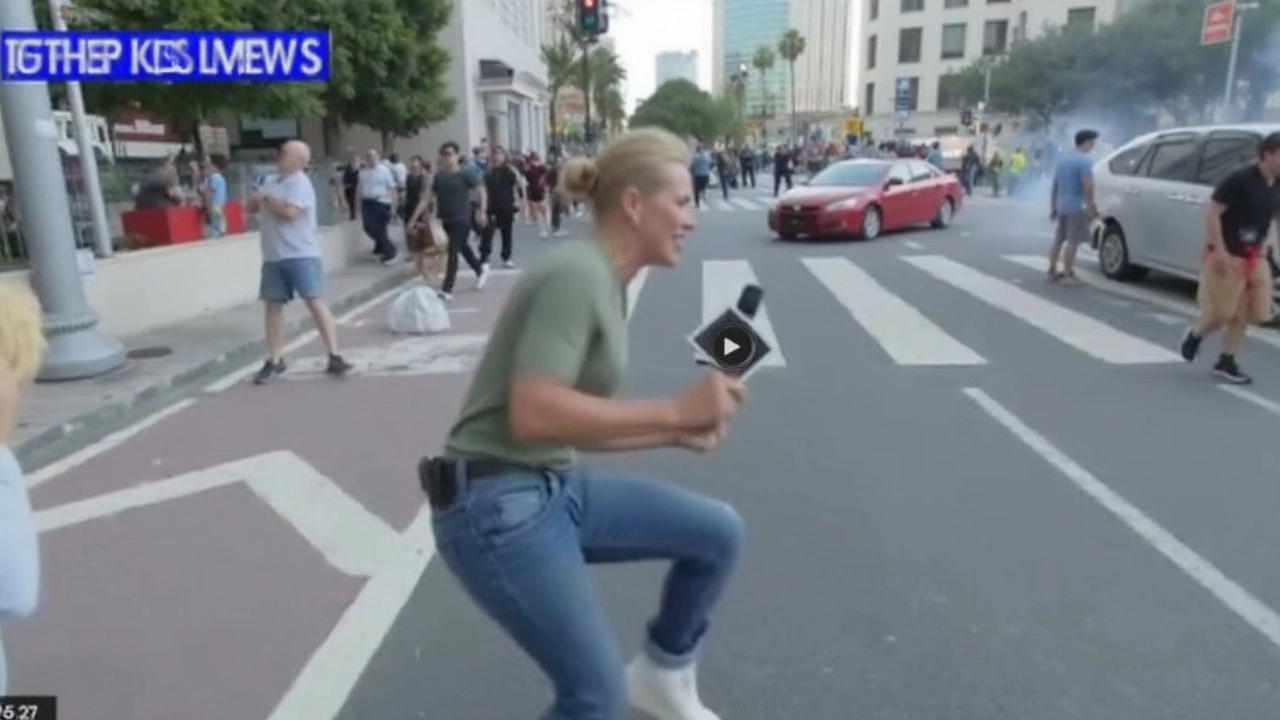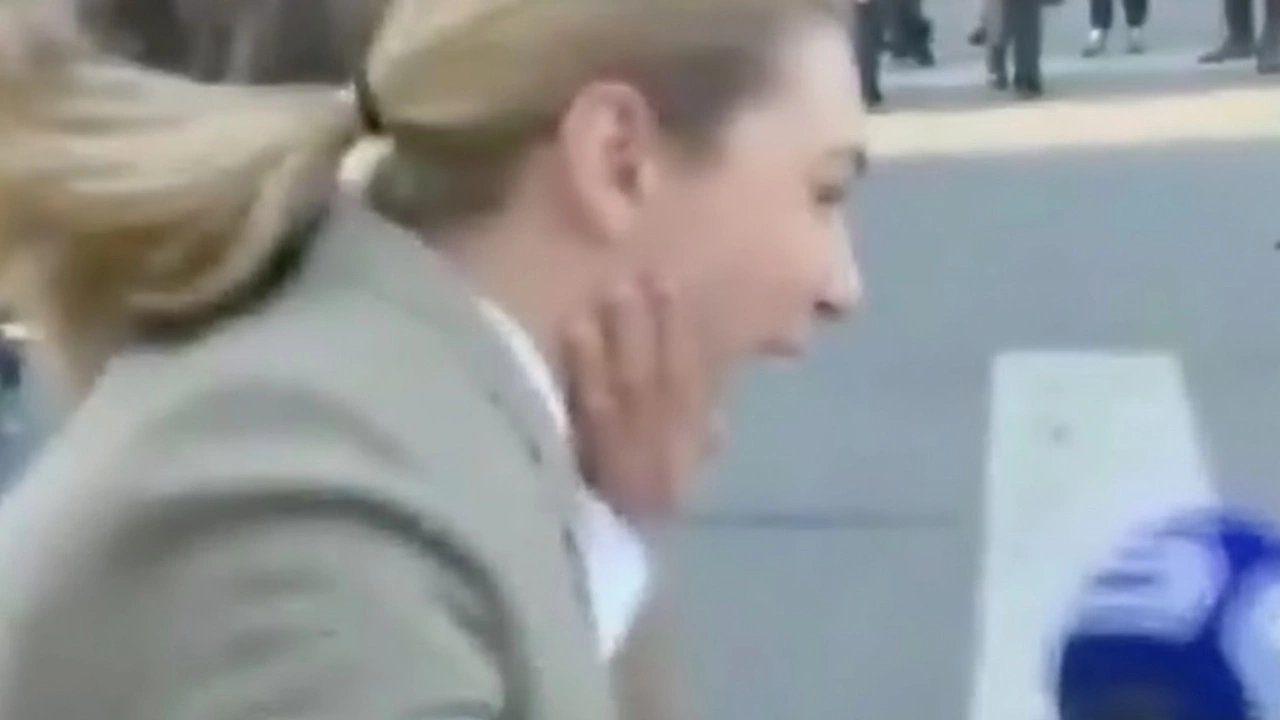Australian Journalist Caught in Crossfire at Heated LA Protest
An Australian television crew didn’t expect to become the story while covering escalating tensions in Los Angeles, but that’s exactly what happened when Australian journalist Lauren Tomasi was shot in the leg with a rubber bullet during a live broadcast.
It was the evening of June 9, 2025. Downtown LA streets were packed with demonstrators rallying against former President Donald Trump’s immigration policies—policies that had reignited fear and anger with new mass deportation actions. The crowd was loud, the atmosphere tense, and law enforcement was out in full force, with the California National Guard joining local police to keep order. No one expected a rubber bullet meant for protesters would hit a member of the press, but in the chaos, that’s exactly what happened.
Tomasi, working for Australia’s Nine Network, gave viewers a sense of the night’s volatility just moments before the incident. Without warning, an officer behind her fired a round intended for crowd control. The rubber bullet struck Tomasi’s leg. On video, the pain is immediate and clear: she doubles over, her voice caught off guard. Bystanders’ shock bursts through, one yelling at police, 'You just shot the reporter!'
Authorities had been under intense scrutiny already that day, using a mix of tear gas, loud dispersal orders, and so-called 'nonlethal' projectiles to break up the crowds. Most protesters showed up with makeshift signs and chants, demanding an end to what they called inhumane deportation raids. But the National Guard’s presence only dialed up the anxiety, and some confrontations turned physical, with rubber bullets and pepper spray flying.

Outrage in Australia and Fears for Journalist Safety
Word of the incident traveled fast, making headlines across two continents by morning. Australia’s Prime Minister, Anthony Albanese, slammed the shooting, flatly stating that Tomasi was 'targeted' even though she was clearly working as a reporter. That claim caught the world’s attention, raising bigger questions about how U.S. police are handling both protesters and the press at these high-stakes events.
For journalists in the field, Tomasi’s injury is anything but isolated. Over the past few years, more reporters covering protests in the U.S. have found themselves in harm’s way—sometimes despite wearing visible press credentials and adhering to police instructions. The pattern has sparked debates about whether enough is being done to protect freedom of the press during the country’s frequent social and political unrest.
Media watchdog groups have roundly condemned what they see as growing dangers for journalists on American soil, especially when covering topics as divisive as immigration and national security. Some have called for stricter rules about the use of force in protest situations, and others want deeper investigations whenever reporters are hurt while doing their jobs.
For now, Lauren Tomasi is recovering, but her story serves as a stark reminder: covering breaking news on America’s streets carries real risks. As the immigration debate—and demonstrations—rage on, pressure is mounting for officials to protect not just public order, but those whose very mission is to document events for the world to see.
